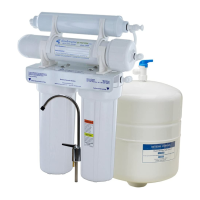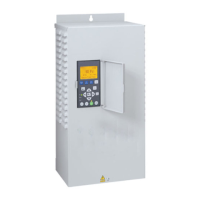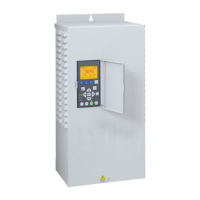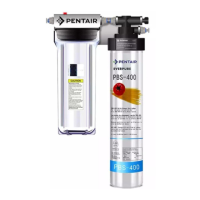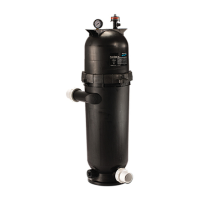100
SECTION 14: Appendix
14.1 Installation Checklist
This checklist can be used to preview and verify steps
in the installation of Pentek
®
equipment. Refer to
appropriate section of the manual for more information.
Electrical Power
❏ Verify that the electrical service transformers KVA
rating is adequate per the Table 4-2.
❏ Verify that motor voltage and frequency on the
nameplate match the power supply voltage.
❏ Verify that fuse sizes are appropriate for the
installation
❏ Verify that the pump, casing and power supply are
allgrounded.
❏ Inspect lightning arrestors for proper sized wire and
grounding. Do not rely solely on a grounding rod in the
earth.
❏ Verify that the cable size from the power supply box
to the pump is the correct size. See tables in
section 5-4.
Motor
❏ Lead Condition.
❏ Check insulation resistance.
❏ Verify nameplate information for the service needed.
❏ Verify that the motor is correctly sized to pump.
❏ Verify that fuses, heaters and other electrical
components are appropriate for the amp load.
❏ Fluid level.
Pump and Motor Assembly
❏ Verify pump shaft rotation.
❏ Verify that the pump rating matches the
siterequirements.
❏ Visually inspect pump and motor for electrical lead
condition and splice condition.
Installation
❏ Verify that the pipe joints are tight.
❏ Verify that check valves have been installed.
❏ Verify that the cable is supported with straps or tape
at least every 10 feet (3.05 m).
❏ Pump cooling.
❏ Start the pump and observe any noise, vibration, leaks
or overheating.
❏ Verify that the pump performance is as specified,
that the electrical current is balanced and
withinspecifications.
Check Valves
Check valve installation is necessary for proper pump
operation. The pump should have a check valve on its
discharge, or within 25 feet (7.62 m) of the pump. For
very deep wells, locate a check valve at least every
200feet (61 m).
• DO NOTinstallthecheckvalvemidwaybetween
the pump and the ground surface. Vibration in the
piping will resonate and may damage or destroy the
piping or pump. Adjust check valve spacing to avoid a
mid-pointplacement.
• Useonlyspringtypecheckvalves.Swingtypevalves
can cause water hammer problems.
• Donotusedrain-backstylecheckvalves(drilled).
Check valves serve the following purposes:
• MaintainPressure:Withoutacheckvalve,thepump
has to start each cycle at zero head, and fill the down
pipe. This creates upthrust in the motor, and would
eventually damage both the pump and motor.
• PreventWaterHammer:Iftwocheckvalvesareused,
and the lower one leaks, then a partial vacuum forms
in the pipe. When the pump next starts, the flow fills
the void area quickly and creates a shock wave that
can break piping and damage the pump.
• PreventBack-Spin:Withoutafunctioningcheck
valve, upon shutoff, the water drains back through
the pump, and cause it to rotate backwards. This can
create excessive wear on the thrust bearing, and if the
pump restarts as water is flowing down the pipe, it
will put an excessive load on the pump.
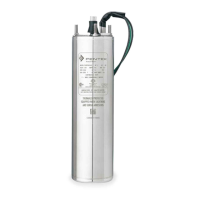
